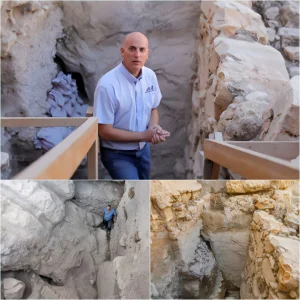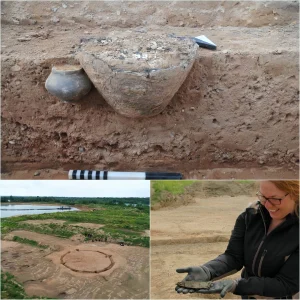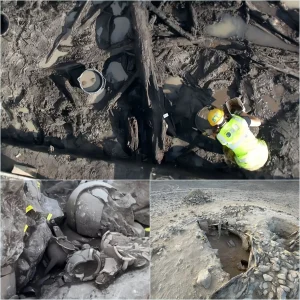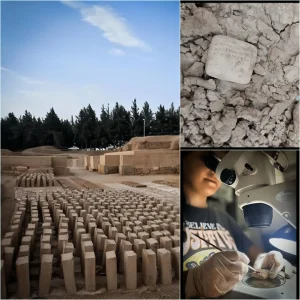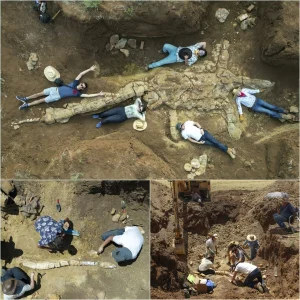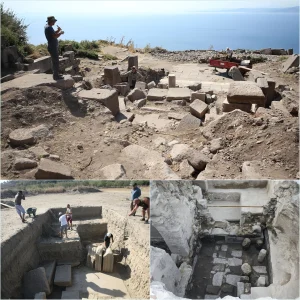In a remarkable archaeological find, stunning Roman mosaics have been unearthed beneath a vineyard near the town of Negrar di Valpolicella in Verona, Italy. Dating back to the 3rd and 4th centuries AD, these mosaics offer a captivating glimpse into the opulence and artistic achievements of the late Roman Empire.
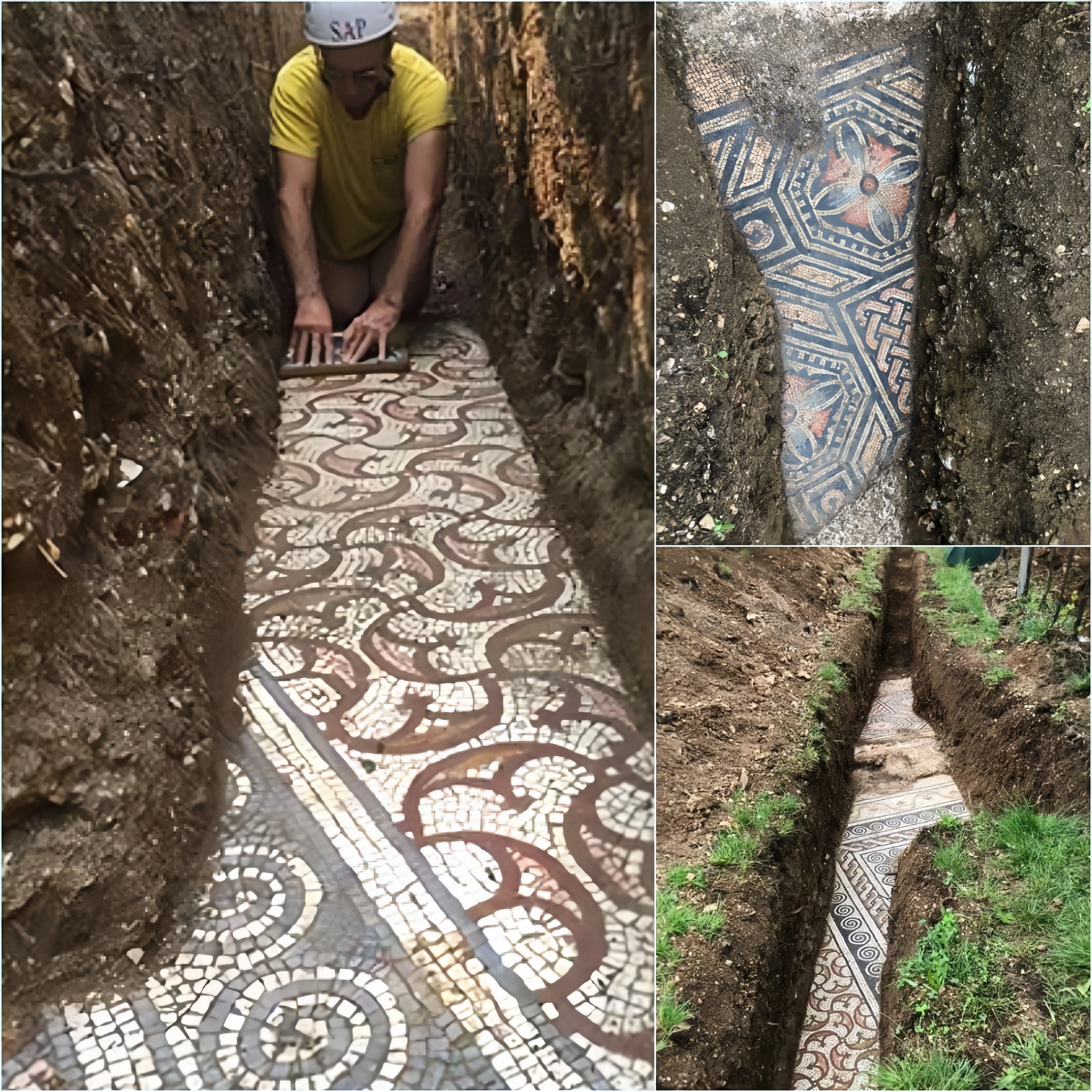
Located in the picturesque province of Verona, Negrar di Valpolicella is celebrated for its historical richness and agricultural traditions, particularly vineyards. The discovery underscores the seamless integration of Italy’s historical and contemporary cultural landscapes, affirming the region’s reputation as a hub of Roman heritage.
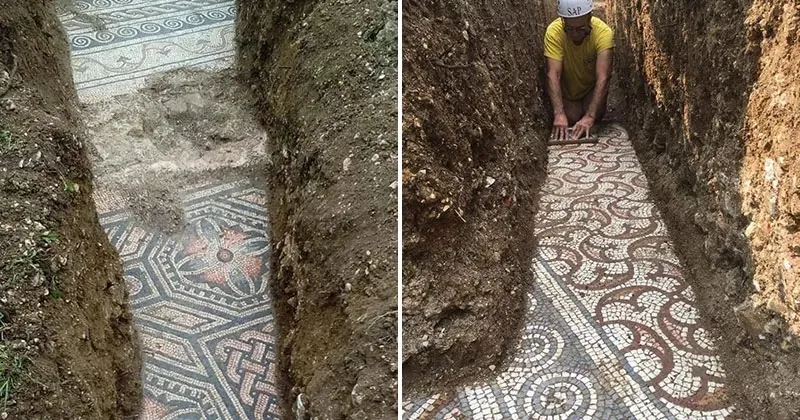
During the 3rd and 4th centuries AD, the Roman Empire flourished culturally and artistically. This period witnessed a peak in Roman artistry and lifestyle, with villas adorned with intricate mosaics that displayed the wealth and status of their owners. The mosaics found in Negrar di Valpolicella exemplify this trend, showcasing exquisite craftsmanship and artistic expression characteristic of the late Roman Empire.
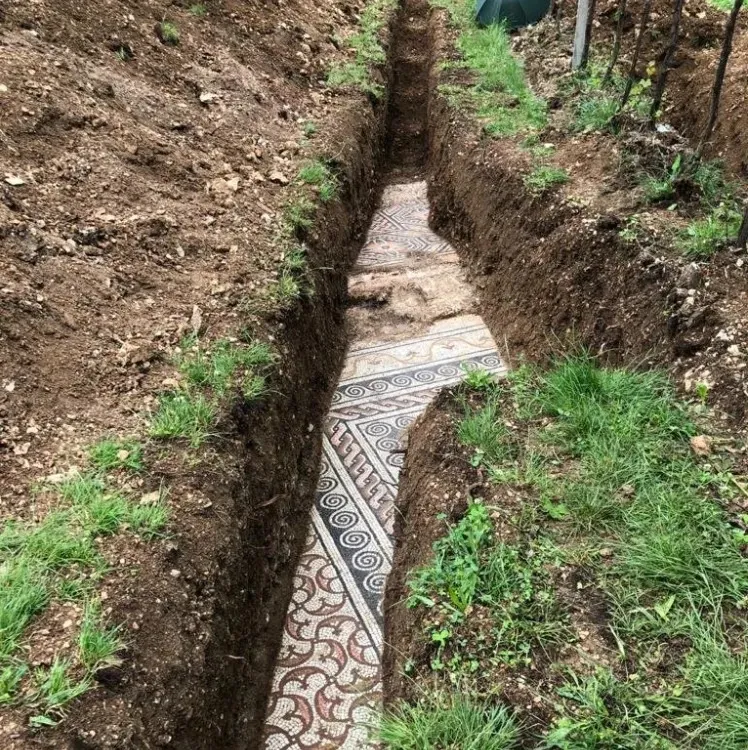
The discovery was part of a focused archaeological effort to uncover the remains of an ancient Roman villa first identified over a century ago. Beneath the vineyard, archaeologists unearthed remarkably well-preserved mosaics adorned with intricate designs and vibrant colors, providing insights into the daily life and aesthetic preferences of the villa’s inhabitants.
The mosaics likely adorned the floors of a luxurious Roman villa, offering invaluable evidence of ancient Roman architectural and artistic practices. Their elaborate geometric patterns and possibly figural scenes highlight the advanced artistic techniques of the time and enrich our understanding of Roman culture.
This discovery not only enriches our knowledge of Roman history but also reaffirms the enduring allure of Italy’s archaeological treasures, bridging the past and present through tangible remnants of ancient civilization.
